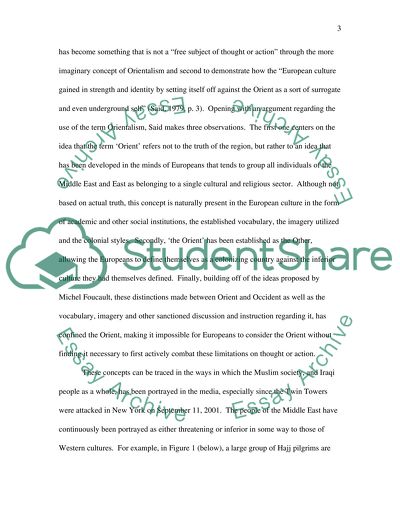Cite this document
(Images in the Visual Media Consistently Misrepresent Non-Western Cultu Literature review, n.d.)
Images in the Visual Media Consistently Misrepresent Non-Western Cultu Literature review. Retrieved from https://studentshare.org/media/1538847-images-in-the-visual-media-consistently-misrepresent-non-western-cultures
Images in the Visual Media Consistently Misrepresent Non-Western Cultu Literature review. Retrieved from https://studentshare.org/media/1538847-images-in-the-visual-media-consistently-misrepresent-non-western-cultures
(Images in the Visual Media Consistently Misrepresent Non-Western Cultu Literature Review)
Images in the Visual Media Consistently Misrepresent Non-Western Cultu Literature Review. https://studentshare.org/media/1538847-images-in-the-visual-media-consistently-misrepresent-non-western-cultures.
Images in the Visual Media Consistently Misrepresent Non-Western Cultu Literature Review. https://studentshare.org/media/1538847-images-in-the-visual-media-consistently-misrepresent-non-western-cultures.
“Images in the Visual Media Consistently Misrepresent Non-Western Cultu Literature Review”. https://studentshare.org/media/1538847-images-in-the-visual-media-consistently-misrepresent-non-western-cultures.


